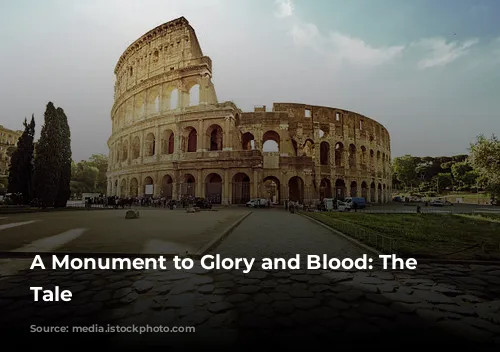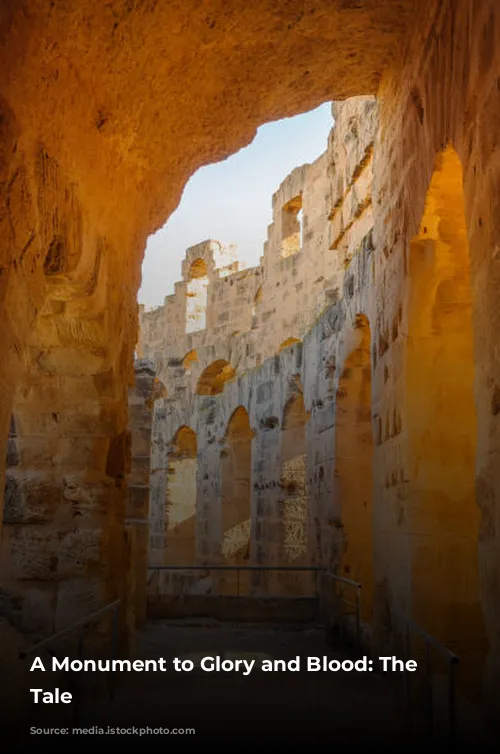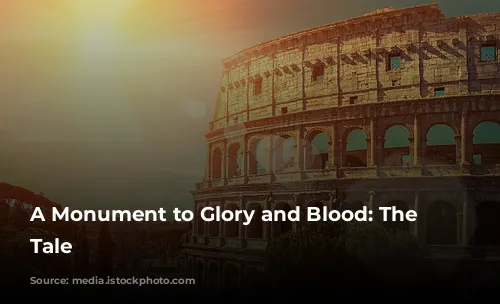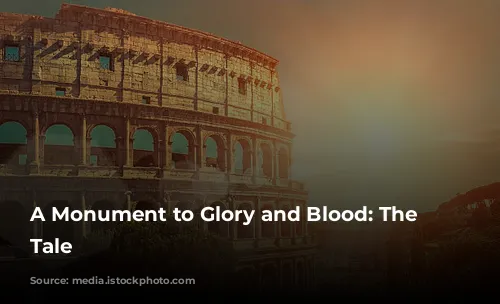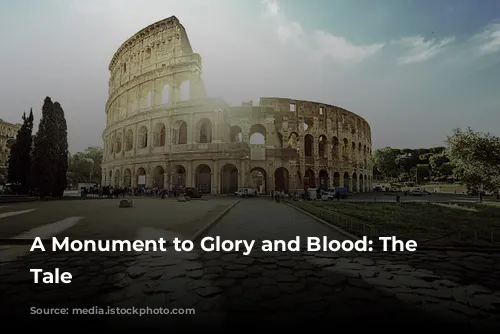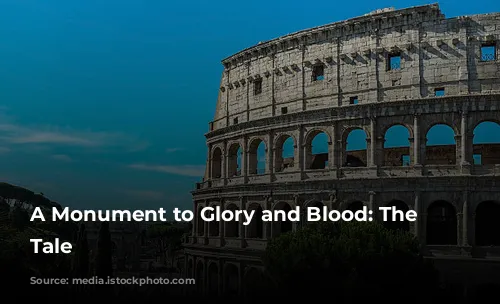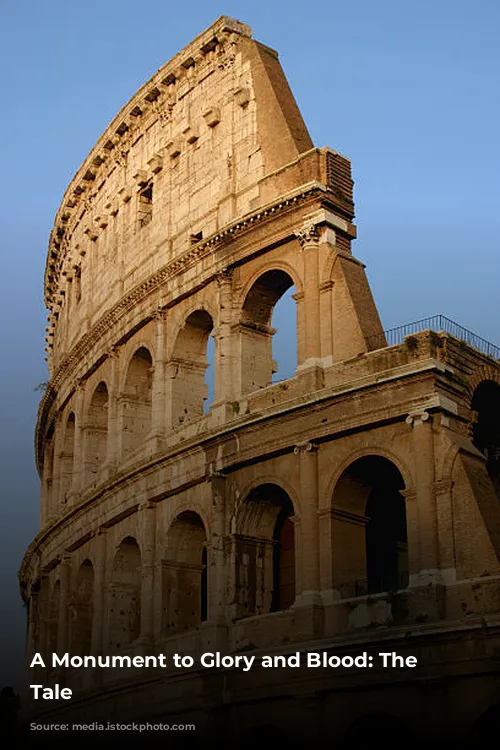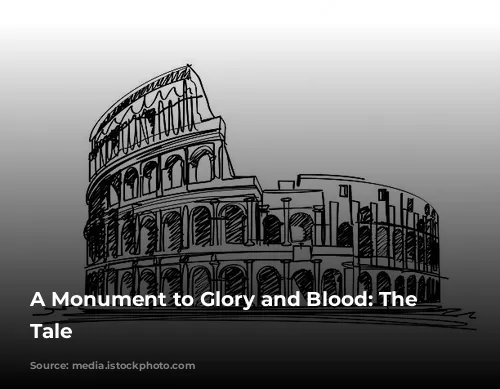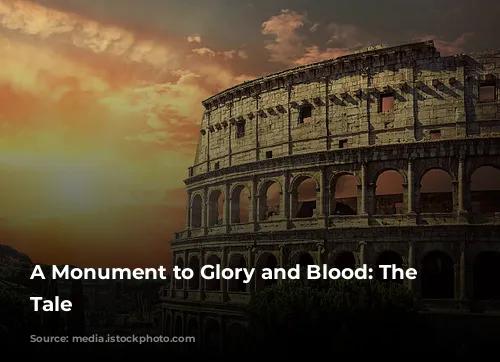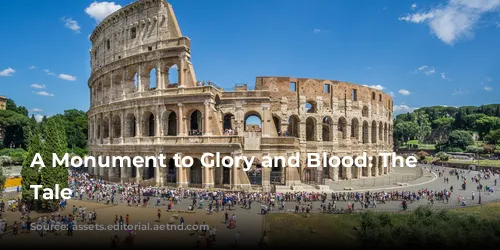The Colosseum, also known as the Flavian Amphitheater, stands tall as a testament to the grandeur of the ancient Roman world. More than just a structure, it embodies a captivating blend of architectural prowess, brutal entertainment, and a glimpse into the intricacies of Roman society. The Colosseum, a symbol of Rome’s resurgence after turbulent times, is a marvel of engineering and a reminder of a bygone era.
The Colosseum’s construction was a defining moment in the Flavian Dynasty’s reign. Emperor Vespasian, who ascended to the throne in 69 AD, embarked on a monumental task of rebuilding Rome, which had endured the ravages of fire, plague, and civil war. The Flavian Dynasty, encompassing Vespasian and his sons Titus and Domitian, sought to erase the legacy of their predecessor, Nero, and solidify their own power. As a symbol of this resurgence, Vespasian ordered the construction of the new amphitheater in the heart of Rome in 70 AD. The funding for this grand project stemmed from the spoils of war, specifically the Roman siege of Jerusalem during the First Jewish-Roman War. Dedicated a decade later, the Colosseum served as a potent reminder of Rome’s resurgence and the Flavian Dynasty’s might.
Beyond its political significance, the Colosseum was an architectural feat, exceeding all previous amphitheaters in size and complexity. Built primarily from concrete, travertine, marble, stone, and timber, the Colosseum reached a height of 157 feet – equivalent to a 15-story building – and boasted a capacity of between 50,000 and 80,000 people.

A City Within a City: The Colosseum’s Design
The Colosseum’s design was more than just impressive; it was a deliberate reflection of Roman social order. Its location, on the site of Nero’s estate, was no accident. Nero’s extravagance, including his artificial lake and the Colossus of Nero statue, had made his estate accessible to all, which had displeased the senators. The Flavian Dynasty, through the construction of the Colosseum, subtly shifted the power dynamic. They created a space for public enjoyment while simultaneously reinforcing the rigid hierarchy of Roman society.
Within the Colosseum’s walls, social status determined your place. The best seats, closest to the arena, were reserved for the Emperor and the senatorial nobility. The Equestrian order, composed of merchants, artisans, and bureaucrats, occupied the next tier. The remaining 95 percent of Rome’s population – women, foreigners, and the poor and enslaved – were relegated to the upper seats.
The Colosseum’s design facilitated this social stratification through a complex system of entrances and corridors. Four entrances were designated for the elite, while 76 catered to the ordinary citizens. Corridors physically separated the social groups, preventing free movement and reinforcing the rigid social hierarchy. Despite the unequal seating arrangement, the Colosseum’s elliptical architecture ensured that everyone had a clear view of the action in the arena.
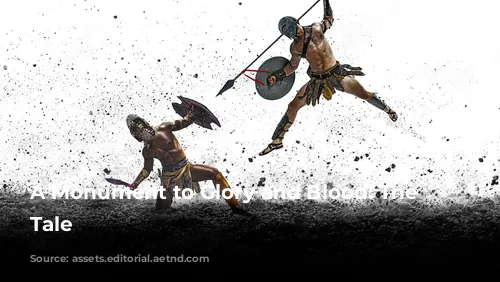
Building a Legacy: The Colosseum’s Engineering and Innovation
The Colosseum was a monumental departure from its predecessors. While most amphitheaters of the time were temporary structures made of wood, the Colosseum was built entirely from stone, marking a significant shift in amphitheater construction. The earliest permanent stone amphitheater, built for 20,000 spectators, was constructed in Pompeii in 80 BCE. The Colosseum, however, surpassed all previous structures in scale and sophistication.
The Colosseum’s architect remains shrouded in mystery. Despite the unknown architect, the structure bears the hallmarks of innovative Roman engineering. The Colosseum’s use of concrete was a pivotal innovation, allowing for the creation of such a monumental structure. The concrete construction, coupled with a deep and sturdy foundation, ensured the Colosseum’s long-term stability, defying the ravages of time and weather.
The Colosseum was packed with other ingenious features. A sophisticated drainage system efficiently channeled water used in mock sea battles, while retractable awnings shielded spectators from the elements. The hypogeum, a network of chambers and tunnels beneath the arena floor, housed props, scenery, and participants when not in action. A complex system of trap doors, pulleys, and lifts enabled dramatic entrances, bringing elephants and other exotic creatures into the arena seemingly out of thin air.
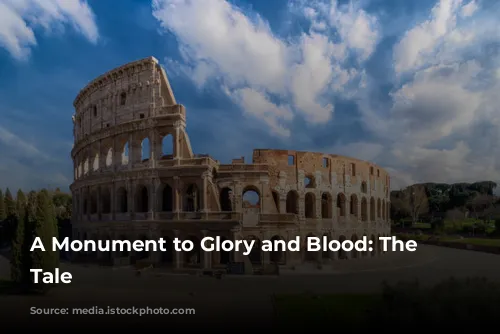
A Monument to Blood and Glory: The Colosseum’s Legacy
The Colosseum’s construction was a project of immense scale and complexity, and its financing remains a subject of debate. While many believe the Colosseum was partially financed with the spoils of war, specifically the loot taken from the Jerusalem Temple during the First Jewish-Roman War, the exact cost remains unknown. The inscription at the Colosseum reads: “The Emperor Titus Caesar Vespasian Augustus ordered the new amphitheater to be made from the (proceeds from the sale of the) booty.”
The labor force for the Colosseum’s construction has also been a subject of debate. While some believe that 100,000 Jewish slaves captured during the Siege of Jerusalem provided the labor, Elkins, a scholar on the subject, finds this claim lacking evidence. While slavery was prevalent in ancient Rome, the specific source of the labor force for the Colosseum remains unclear.
The Colosseum, beyond its historical significance, stands as a pioneering structure that has influenced modern architectural design. The Colosseum’s use of arches for support, its elliptical shape, and its organized system for spectator entry and exit, are all staples of modern stadiums. The Colosseum is not just a monument to ancient Roman power; it is the blueprint for the modern stadium, a testament to the enduring influence of Roman architecture and engineering.
The Colosseum continues to resonate with modern audiences. It is a reminder of the grandeur and brutality of the Roman Empire. It is a place where history comes alive, where gladiators fought, and where thousands of spectators witnessed spectacles of unimaginable scale. As we stand before the Colosseum today, we are reminded of the ingenuity of ancient Roman engineering and the enduring power of human creation.
